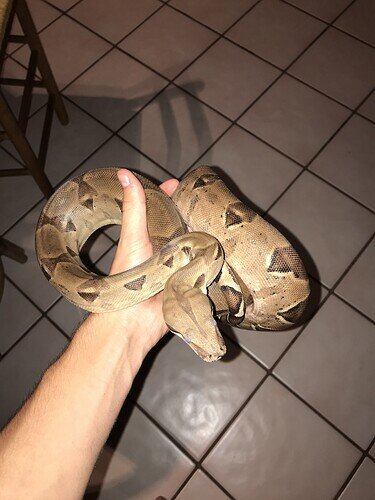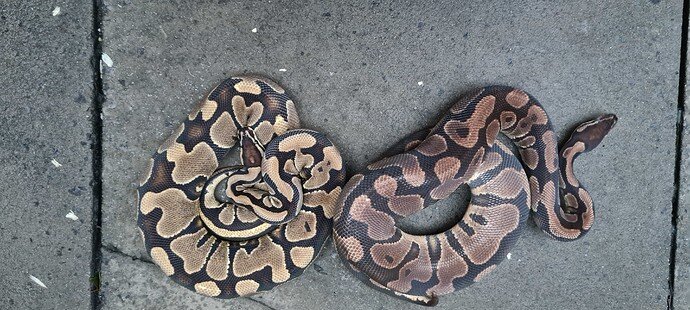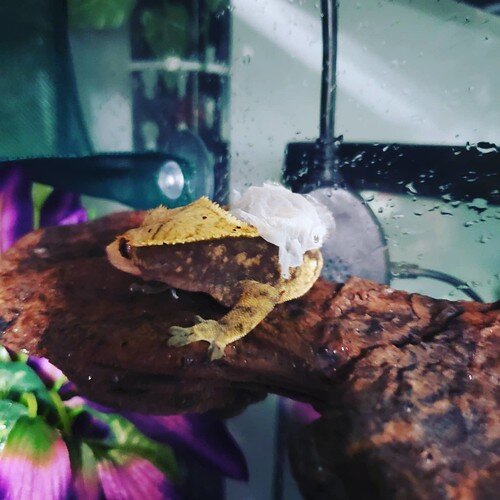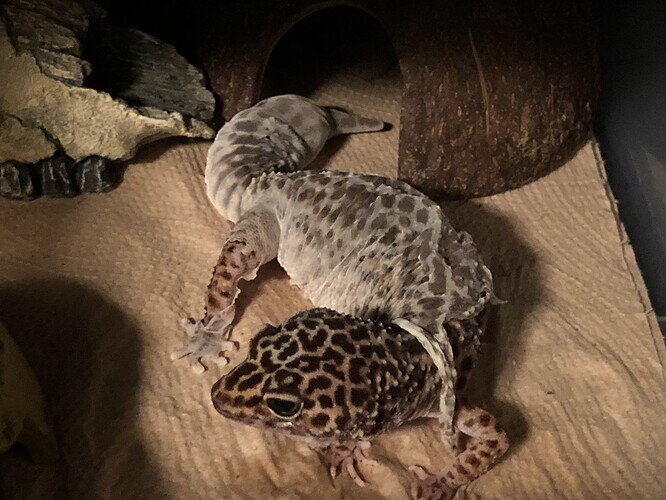How to help your reptile out of a tough shed
Written by: Becky Bates
Source: https://www.reptiles.swelluk.com/help-guides/make-a-happy-habitat/
All reptiles shed their skin periodically as they grow, unlike humans, reptile skin does not stretch or grow with the reptile, rather they need to form a new layer and lose the old one as they grow out of it. Along with being a necessary process for growth, the shedding process also helps reptiles to rid themselves of parasites, for example, mites that may be present between the scales.
Some reptiles, such as snakes, shed their skin in one long, satisfying piece, whereas other reptiles such as tortoises and lizards shed their skin in smaller pieces, some even eat the pieces of old skin as they rip it from their bodies. Abnormal skin shedding or disecdysis is one of the most common health problems in captive reptiles, mainly due to husbandry issues, but there are ways to avoid this, and also to help your reptile in the event of a bad shed.
What are the causes of disecdysis?
The most common cause of disecdysis in pet reptiles is dehydration, but other husbandry shortfalls can also lead to stuck sheds, such as low temperatures, lack of abrasive surfaces and malnutrition, specifically vitamin A deficiency, termed hypovitaminosis A. Disecydysis can also be caused by other ailments, such as inclusion body disease, abscesses, internal or external parasites, epidermal infections, and even new or old injuries to the skin layer.
What are the dangers of disecdysis?
Disecdysis in certain body parts can lead to a lack of blood flowing to that area, or ischaemia, as the old skin dries it becomes tight and almost forms a tourniquet in the area, constricting the blood flow. If left untreated this can lead to necrosis (cell death), followed by sepsis and in extreme cases, loss of body parts or even death. The same goes for those reptiles that have eyecaps, such as snakes, if disecdysis occurs in the eyecap and is not treated in time, this will often lead to blindness or worse.
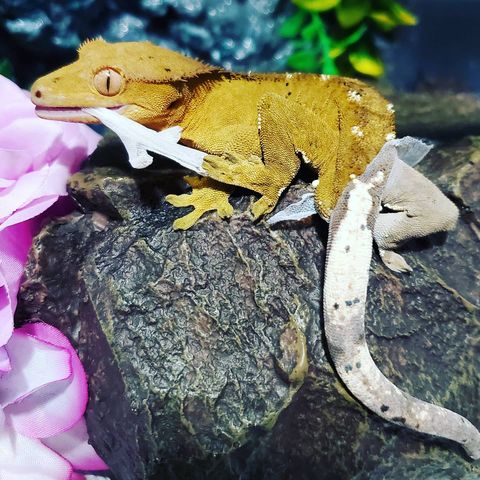
How can I prevent disecdysis?
To prevent disecdysis and subsequent related health issues, it is important to thoroughly research your pet reptile species and their husbandry requirements, and ensure that all of their requirements are met. In many instances, it is also beneficial to increase the humidity levels above the usually required range, or give your reptile a soak during the shed cycle.
Products such as Arcadia’s EarthPro Shed Support are also available, which is a powdered supplement that can be provided during the shedding cycle, which aids shedding and also helps to boost nutrients that are depleted during this time.
How can I treat disecdysis?
To begin with, particularly if you know nothing is amiss husbandry-wise, you should take your reptile to a specialist veterinarian for some expert advice and to rule out medical causes for disecdysis, and treat medical causes if they are found. If it is not down to a medical cause, you should start by re-looking into your husbandry, identifying any shortfalls and rectifying them as you go, although this will only work as a future preventative and not a treatment for the current issue.
Liquid sprays such as Zoo Med’s Repti Shedding Aid, that can be sprayed onto the old stuck shed, which works to moisten the dead skin and make it easier to peel off. We recommend using this as quickly as possible to remove the stuck shed before it becomes too dry and hard and causes your reptile issues.
Summary
To summarise, shedding is one of the most important processes in a reptile’s life, although, in captivity, it often goes wrong due to husbandry or health issues, which can lead to further, more serious health problems and in extreme cases, death. To prevent disecdysis, it is important to ensure all husbandry parameters are as they should be for the chosen species, and increase moisture during the shedding cycle. In the event of disecdysis occurring, we recommend seeing a specialist veterinarian and treating the problem.
